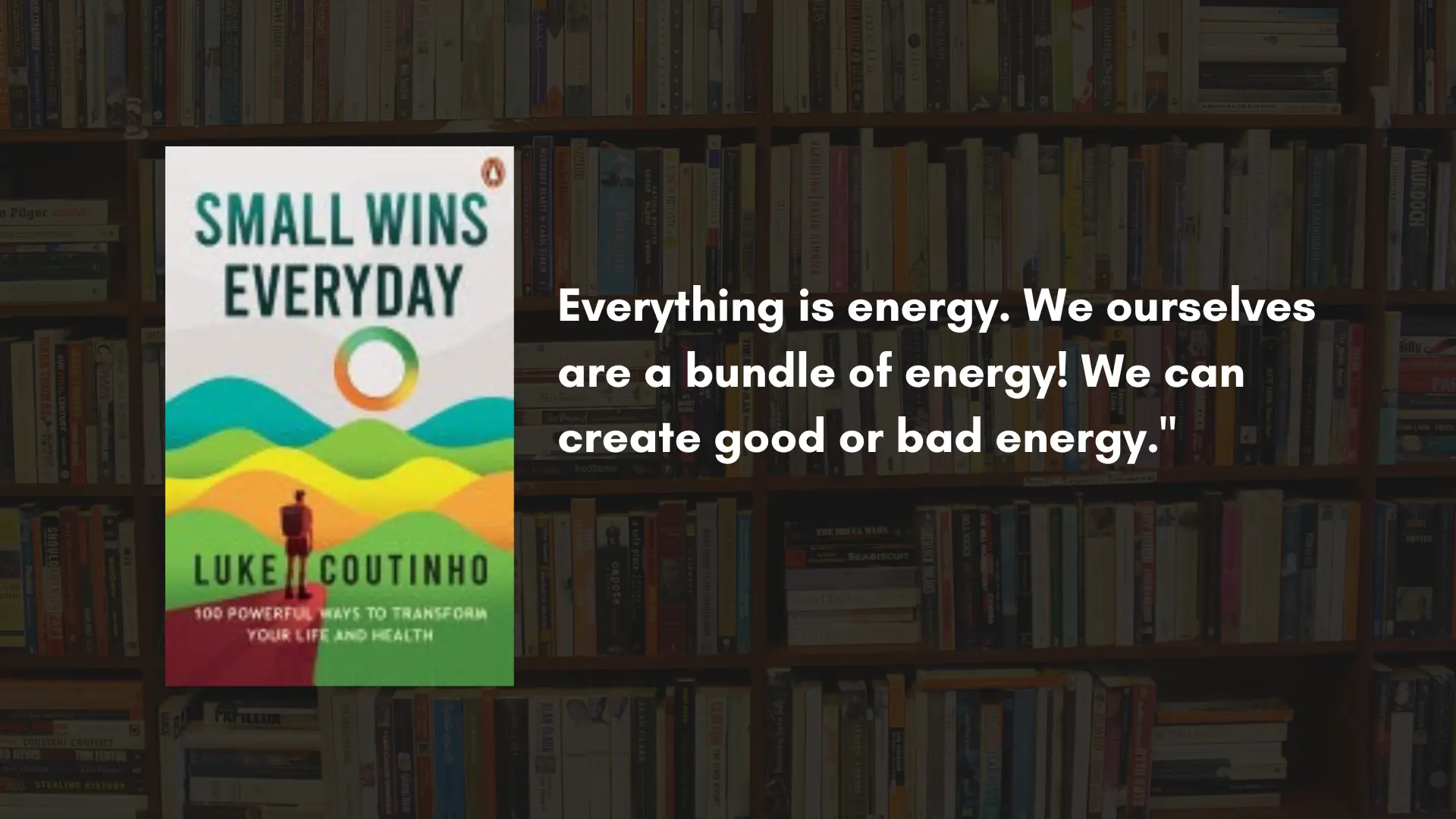How ZAPR is crunching audio data of 600 channels to help understand consumption
Although the company reported a loss of Rs 7 crore last financial year, the management says it is on track to do a annual revenue run rate of $10 million by this year, which will make it a powerful data-led cross-functional targeting and advertising platform.
Everybody has heard the song ‘Eye in the Sky’ by Alan Parsons. But it’s the audio emanating from the TV or just call it random noise in the room that is being tracked nowadays. This data is being crunched to understand a person’s TV consumption habits. Today all apps have the capability to listen to audio signals generated by the physical world and this is data that can be monetised to understand the world of TV.

Three IIM-A graduates from the 2010 batch have taken this a step further to offer multi-screen audio signal detection and analytics to make sense of people’s video content consumption habits. Sandipan Mondal, Deepak Baid, and Sajo Mathews are three technocrats who have told the world of advertising that intelligence is what is going to bring them money in a multi-device world. Although the four-year-old company is suffering losses of Rs 7 crore, it is undeterred in its aim of understanding consumers on multi-screens. Today, content flows across connected gaming devices, apps, over-the-top-television, video sharing platforms, and then there is traditional set-top-box based television content. Screens are aplenty and although advertising is a major revenue stream, tracking a multi-device world, for advertisers and media buying agencies, remains a struggle.
“We have spent the last four years on cracking this,” says Sandipan, Co-founder of ZAPR Media Labs. He adds that although there is a lot of noise when the platform collects data, the analytics engine simplifies it for the advertising world.
In short, this company, which processes signals, is a cross-targeting platform that uses consumption repositories generated by multi-screens. Think about it like the app Shazam, which uses audio pattern signals to tell you the name of the song being played, just multiplied by 100 when it comes to data generated by multi-screens.
ZAPR Media Labs was born in Gurgaon when Sandipan was in India to look at starting up a business. He discussed his idea with Deepak and Sajo, who jumped in because of its potential. They started off as a B2C company that figured out TV ratings by engaging consumers through an app about their favourite programmes. They were also part of the GSF Accelerator. But after meeting Qyuki Founder Samir Bangara, who became their investor and mentor, they pivoted their business model completely to B2B.
The opportunity
ZAPR’s SDKs will be populated on every app, which businesses can use to monetise their services. The data collected from the multitude of apps will pick up any television or video signal to deliver intelligence to brands through their media buying agencies.
A six-member team till early 2015, the company has now expanded to over 35 people. “We remained small because we had to get the technology and the business model right,” says Sandipan. But now the company has scaled up and is crunching data of over 600 channels. He says brands take a company seriously only when they are crunching more than 15 million user data repository. “The technology allows us to understand millions of people and their content consumption habits because of our cross-platform approach,” says Sandipan.
The audio signal from the TV or any device is a powerful data footprint. Your smartphones, tablets, and computers have processors that can track all forms of noise, in raw form, which can later be analysed. Imagine television companies, brands, research agencies, and media buying agencies using this data to understand viewer consumption habits. It sounds like a very powerful proposition because media planning can become intelligent.
Even the Broadcasters Audience Research Council of India is watermarking content beamed through set-top boxes to track audio signals and then help brands to position their media buying. Earlier, back in 2013, before the new measurement regulations that came into effect in 2014, advertisers would use a methodology which would extrapolate data gathered by studying homes and their viewership habits. The processes were manual most of the time. With the proliferation of devices, screens, and internet corporations, everyone wants a multi-pronged approach to advertising and targeting to measure brand awareness and RoI.
According to an IAMAI-IMRB report, digital advertising would have touched Rs 7,000 crore by the end of 2016. That said, digital advertising is still 10–12 percent of the total advertising spends in the country. Being a Rs 75,000 crore industry, it is yet to use the power of digital and it is partly because the technology to measure real consumption of content is yet to reach maturity.
The future for ZAPR
The company is investing time in building technology for devices that offer virtual reality services. It is an advertising platform too, which will help developers monetise their apps. More importantly, it will remain a source of insights for television companies.
While it has not publicly disclosed its funding, the company’s net worth is Rs 9.57 crore and has a very small turnover according to papers filed with the RoC. Being a product-led company, it is going to see its revenues scale and will have to increase its paying clientele. However, since it is analysing data of over 600 channels on a real-time basis the company hopes to be operationally profitable in a couple of years.
“They are a great team and are building on a powerful platform. Sales will be a key to their success because I believe the data that they have is very powerful,” says Samir. Last year, the company raised money from Flipkart, with participation from Saavn, Micromax, and Ambiga Dhiraj. Other investors include Arihant Patni, Sanjay Nath, and Dinesh Agarwal.







